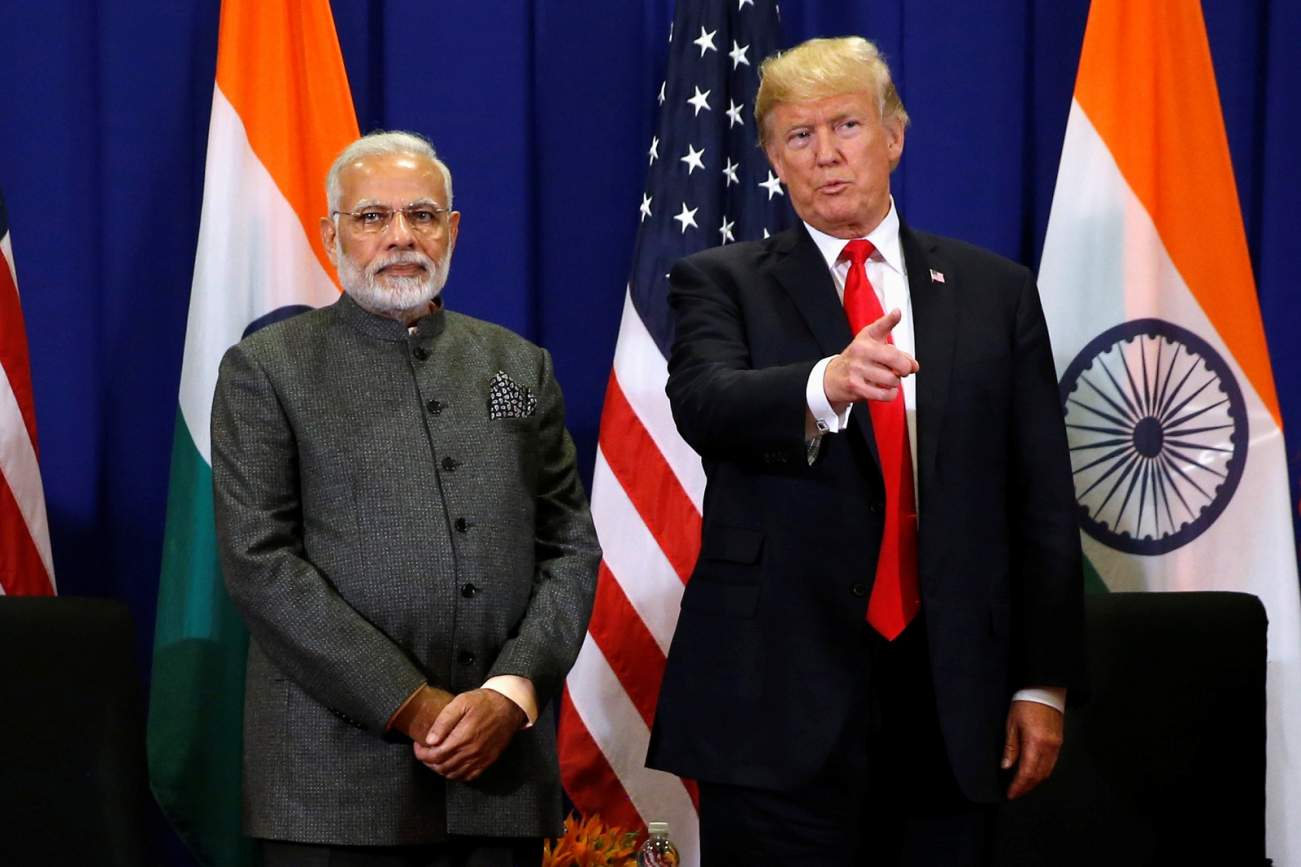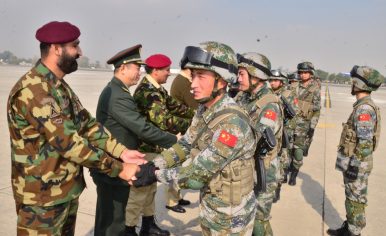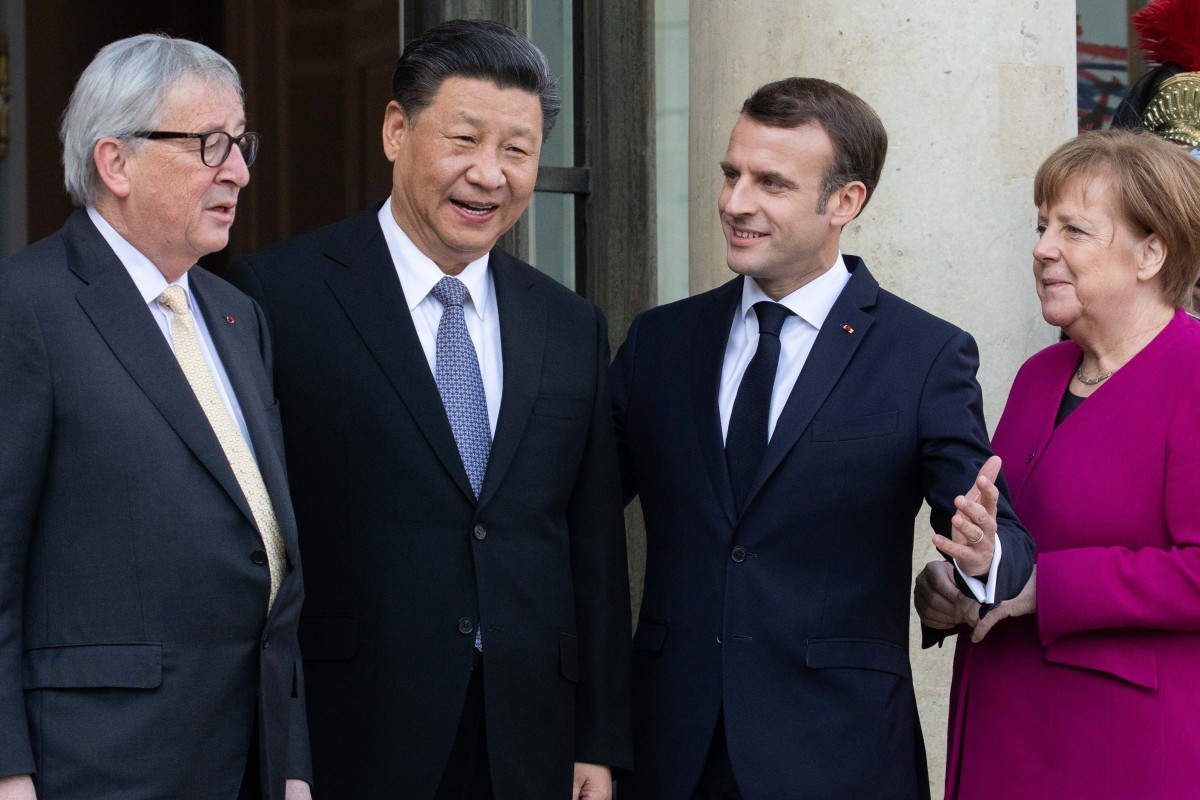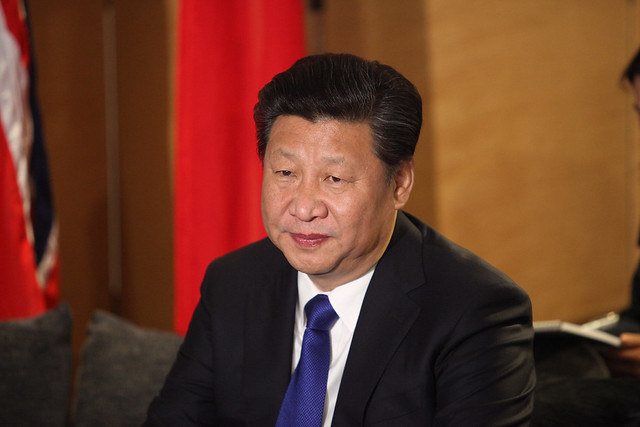Michael K. Spencer
 Amazon and Walmart have invested considerably in India’s fast growing E-commerce market. Walmart acquired Flipkart for $16 billion in the world’s largest Ecommerce deal to date in 2018. Amazon has invested around $6 Billion in India, but new rules are coming. New restrictions put on India’s burgeoning e-commerce sector could potentially affect the way Amazon does business in the country. The restrictions may compel companies such as Amazon and Walmart to look for alternative business models and to reevaluate the sellers they work with at the moment. This is sort of a big deal since India’s e-commerce market will exceed $100 billion by 2022, with online retail and travel holding more than 90 percent share, according to global consultancy PwC.
Amazon and Walmart have invested considerably in India’s fast growing E-commerce market. Walmart acquired Flipkart for $16 billion in the world’s largest Ecommerce deal to date in 2018. Amazon has invested around $6 Billion in India, but new rules are coming. New restrictions put on India’s burgeoning e-commerce sector could potentially affect the way Amazon does business in the country. The restrictions may compel companies such as Amazon and Walmart to look for alternative business models and to reevaluate the sellers they work with at the moment. This is sort of a big deal since India’s e-commerce market will exceed $100 billion by 2022, with online retail and travel holding more than 90 percent share, according to global consultancy PwC.
The revised e-commerce regs curbs kicked in on Feb. 1, 2019.
Amazon vs. Flipkart in India Looks Messy
New federal rules, which bar companies from selling products via vendors in which they have an equity interest, forced Amazon India to remove hundreds of thousands of products from its site last week.
The policy has spooked Amazon and Walmart-owned Indian rival, Flipkart, as it is forcing them to alter their business structures, according to Reuters.














/arc-anglerfish-arc2-prod-mco.s3.amazonaws.com/public/6USUG2L4LVET3G2STQBNYXMXQA.JPG)

